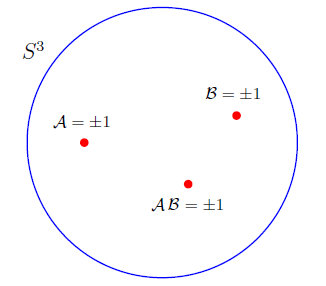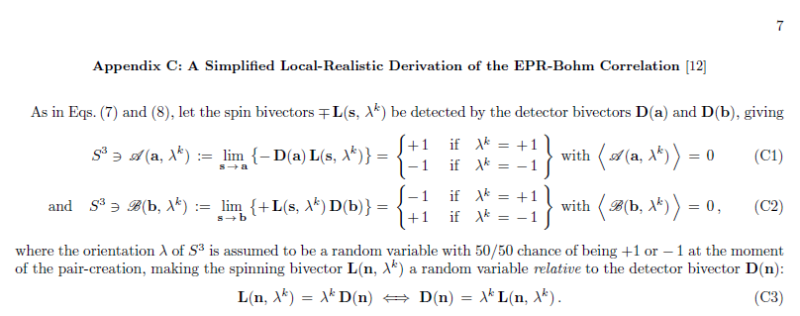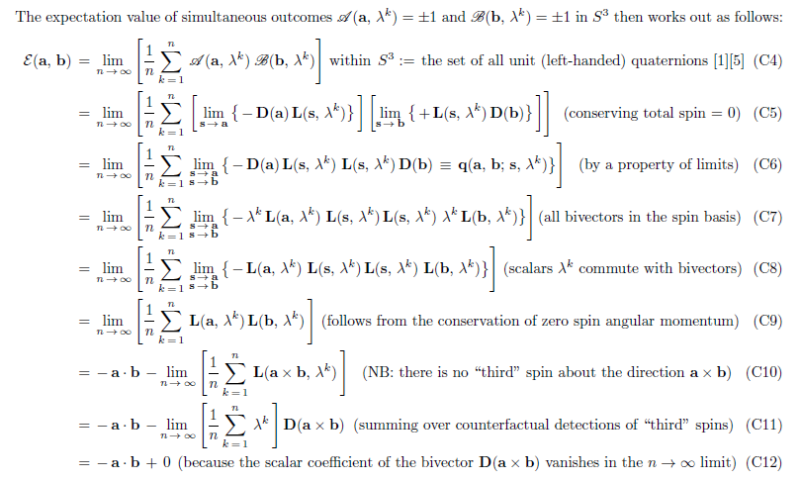FrediFizzx wrote:Perhaps the notation you are using on the RHS might be messing up some people? I think usually it is something like s --> (a', b') or would it be (s, s) --> (a', b')?
http://tutorial.math.lamar.edu/Classes/ ... imits.aspx
Anyways, it is perfectly understandable what you are doing either way.
It is a standard notation. But the above link is a good find. It is convenient to have here, in case someone is confused about my notation. No mathematician would be.





